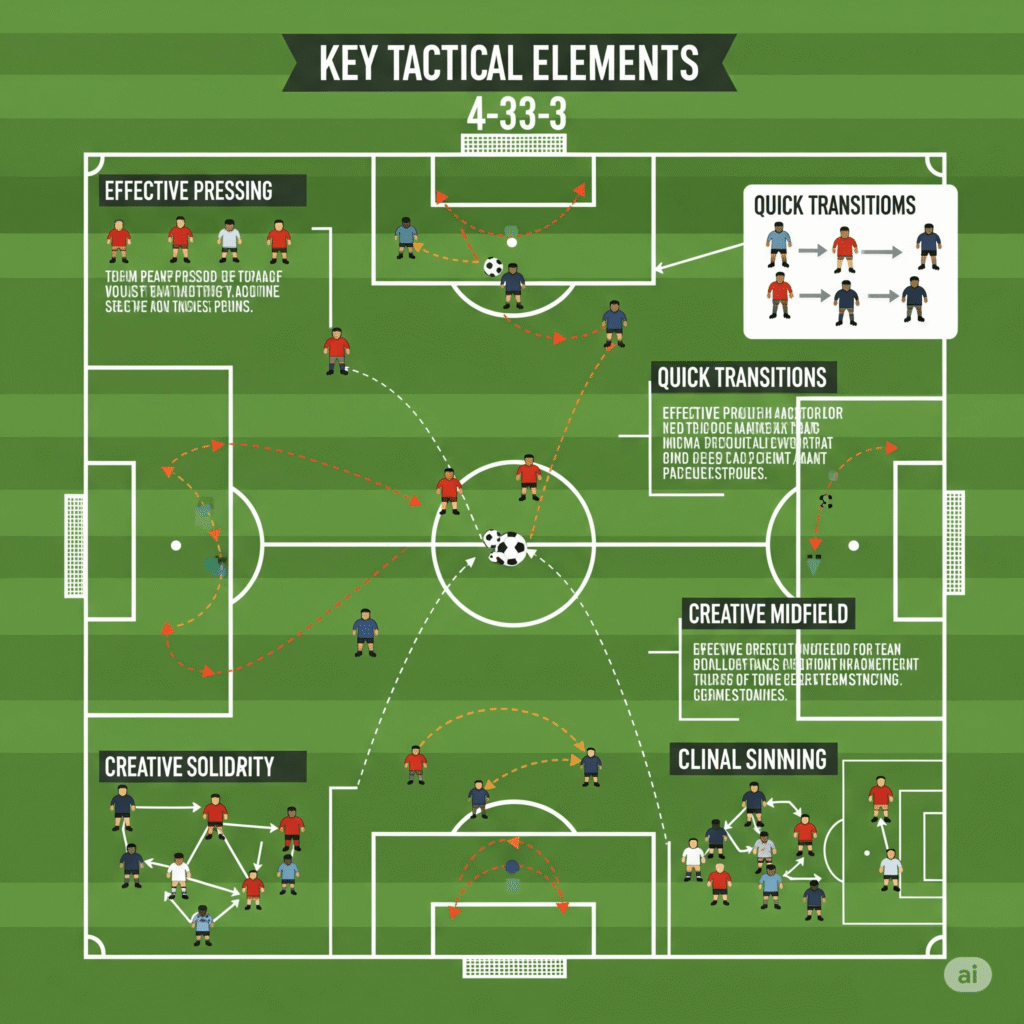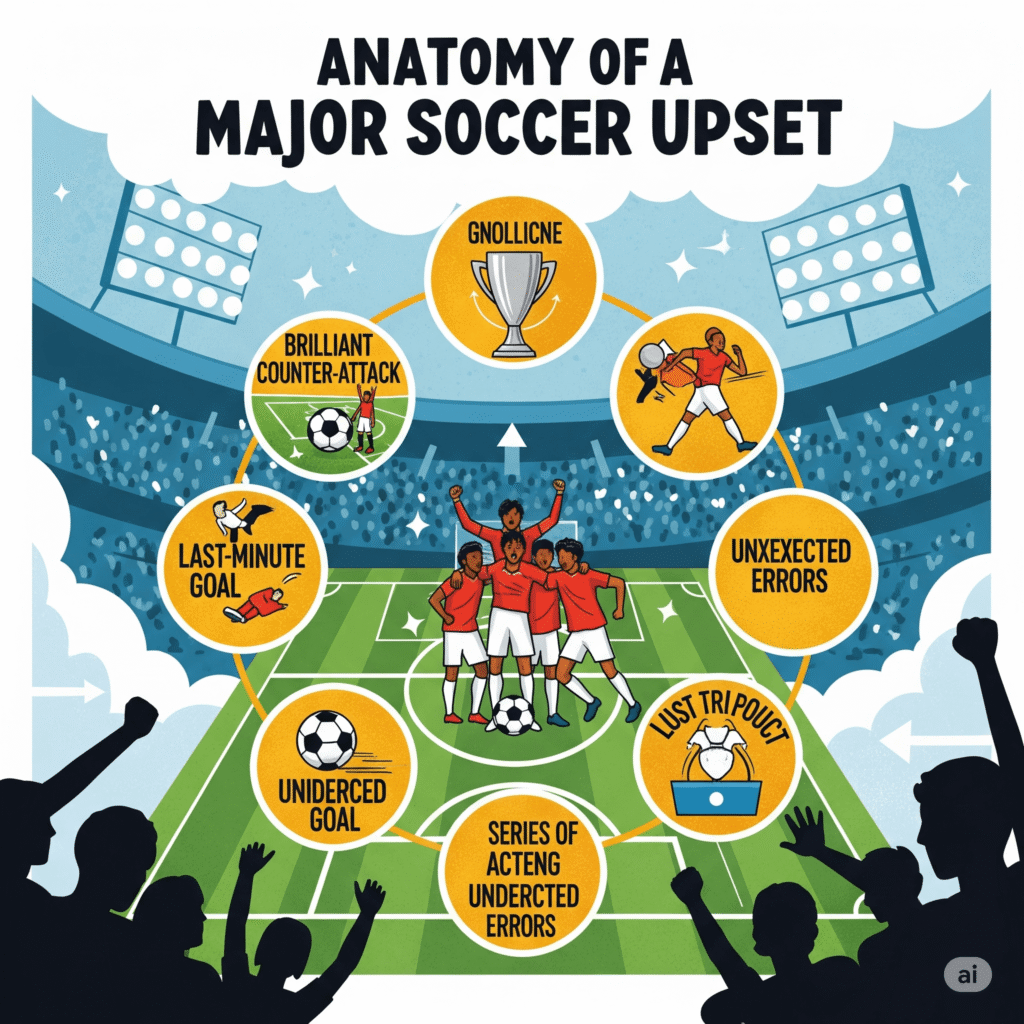
The lasting impact of major esports tournaments on the industry
When The International 2011 showcased a $1.6 million prize pool, most traditional sports executives dismissed it as a gimmicky publicity stunt that would fade within months. Fast forward to today, and that same tournament regularly exceeds $40 million in prize money while generating viewership numbers that rival the Super Bowl. But here’s what those early […]
The enduring appeal and global spread of cricket in Asia
Picture this: It’s 2 AM in Mumbai, and the streets are eerily quiet. But inside millions of homes, families huddle around television screens, hearts pounding as Virat Kohli prepares to face the final ball. Will India win? The entire subcontinent holds its breath. This isn’t just sport — it’s religion, politics, and pure emotion rolled […]
Key tactical elements that define a successful soccer team
Here’s a stat that’ll blow your mind: Leicester City’s 2015-16 Premier League triumph wasn’t just a fairy tale — it was tactical genius disguised as luck. While pundits called it a fluke, data analysts revealed something extraordinary: Leicester executed the perfect counter-attacking system with 89% precision in transition moments. They weren’t the most talented squad, […]
Mastering the mental game: timeless strategies for athletic pressure
Picture this: It’s the 1988 Olympics, and Greg Louganis — the greatest diver in history — smashes his head on the springboard during preliminaries. Blood everywhere. Concussion protocol? This was 1988. Nine stitches later, he’s back on the board for the finals. Not only does he compete, he delivers the dive of his life to […]
The fundamental principles of effective sports training
Here’s a mind-blowing fact that’ll make you question everything: Michael Jordan was cut from his high school basketball team. Serena Williams lost her first professional match. Tom Brady was pick 199 in the NFL draft. What separates these legends from the millions who gave up isn’t talent — it’s understanding the fundamental principles that actually […]
The anatomy of a major soccer upset — when giants fall and underdogs soar
Picture this: Real Madrid, the kings of European football, getting knocked out by Sheriff Tiraspol — a team most fans couldn’t even pronounce correctly. It happened. In 2021. At the Santiago Bernabéu. The bookmakers had Sheriff at 25-1 just to avoid defeat. They won 2-1. Somewhere in Moldova, a few lucky punters probably bought houses […]




